Text
Small populations of Stone Age people drove dwarf hippos and elephants to extinction on Cyprus
Corey J. A. Bradshaw, Flinders University; Christian Reepmeyer, Deutsches Archäologisches Institut – German Archaeological Institute, and Theodora Moutsiou, University of Cyprus Imagine growing up beside the eastern Mediterranean Sea 14,000 years ago. You’re an accomplished sailor of the small watercraft you and your fellow villagers make, and you live off both the sea and the land. But times…
0 notes
Text
Human impact, extinctions, and the biodiversity crisis
Human overpopulation is often depicted in the media in one of two ways: as either a catastrophic disaster or an overly-exaggerated concern. Yet the data understood by scientists and researchers is clear. So what is the actual state of our overshoot, and, despite our growing numbers, are we already seeing the signs that the sixth mass extinction is underway? In a recent episode of The Great…
0 notes
Text
Less affluent countries more prone to damage caused by biological invasions despite lower trade volume
Non-native species introduced mainly via increasing trade of goods and services have huge economic, health, and environmental costs. These ‘biological invasions’ involve the intentional or unintentional transport and release of species beyond their native biogeographical ranges, facilitating their potential spread. Over the last few decades, invasive species have incurred an average cost of at…

View On WordPress
0 notes
Text
Indigenous fire management began more than 11,000 years ago: new research
Wildfire burns between 3.94 million and 5.19 million square kilometres of land every year worldwide. If that area were a single country, it would be the seventh largest in the world. In Australia, most fire occurs in the vast tropical savannas of the country’s north. In new research published in Nature Geoscience, we show Indigenous management of fire in these regions began at least 11,000 years…
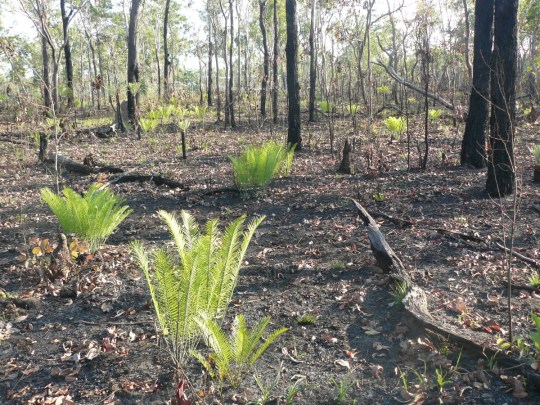
View On WordPress
1 note
·
View note
Text
New ecosystems, unprecedented climates: more Australian species than ever are struggling to survive
Australia is home to about one in 12 of the world’s species of animals, birds, plants and insects – between 600,000 and 700,000 species. More than 80% of Australian plants and mammals and just under 50% of our birds are found nowhere else. But habitat destruction, climate change, and invasive species are wreaking havoc on Earth’s rich biodiversity, and Australia is no exception. In 2023, the…

View On WordPress
0 notes
Text
People once lived in a vast region in north-western Australia – and it had an inland sea
For much of the 65,000 years of Australia’s human history, the now-submerged northwest continental shelf connected the Kimberley and western Arnhem Land. This vast, habitable realm covered nearly 390,000 square kilometres, an area one-and-a-half times larger than New Zealand is today. Left: Satellite image of the submerged northwest shelf region. Right: Drowned landscape map of the study area.…

View On WordPress
#archaeology#Australia#indigenous#Last Glacial Maximum#Pleistocene#Sahul#Sahul Shelf#sea level#sea level rise
0 notes
Text
Rextinct: a new tool to estimate when a species went extinct
If several fossils of an extinct population or species are dated, we can estimate how long ago the extinction event took place. In our new paper, we describe CRIWM, a new method to estimate extinction time using times series of fossils whose ages have been measured by radiocarbon dating. And yes, there’s an R package — Rextinct — to go with that! While the Earth seems to gather all the…

View On WordPress
0 notes
Text
Assessing the massive costs of biological invasions to Australia and the world
A global database set up by scientists to assemble data on the economic cost of biological invasions in support of effective government management strategies has grown to include all known invasive species. Now involving 145 researchers from 44 countries — the current version of InvaCost has 13,553 entries in 22 languages and enables scientists to develop a clear picture about the major threats…
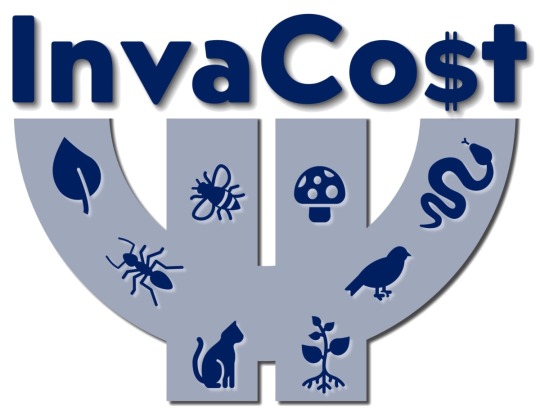
View On WordPress
#biodiversity#climate change#conservation#Ecological Economics#Global warming#InvaCost#invasive species
0 notes
Text
Open Letter: Public policy in South Australia regarding dingoes
08 August 2023 The Honourable Dr Susan Close MP, Deputy Premier and Minister for Climate, Environment and Water, South Australia The Honourable Claire Scriven MLC, Minister for Primary Industries and Regional Development, South Australia Dear Ministers, In light of new genetic research on the identity of ‘wild dogs’ and dingoes across Australia, the undersigned wish to express concern with…
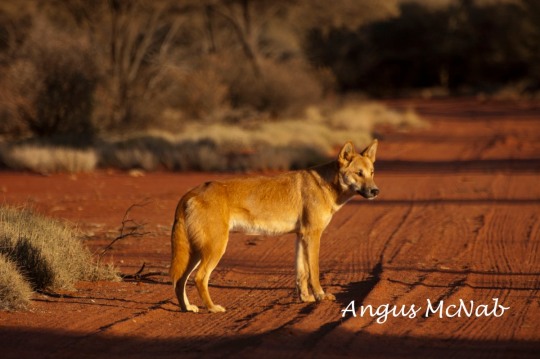
View On WordPress
#Australia#biodiversity#Canis dingo#conservation#dingo#DNA#Genetics#open letter#predator#South Australia#wild dog
0 notes
Text
Ancient pathogens released from melting ice could wreak havoc on the world
Shutterstock Science fiction is rife with fanciful tales of deadly organisms emerging from the ice and wreaking havoc on unsuspecting human victims. From shape-shifting aliens in Antarctica, to super-parasites emerging from a thawing woolly mammoth in Siberia, to exposed permafrost in Greenland causing a viral pandemic – the concept is marvellous plot fodder. But just how far-fetched is it?…

View On WordPress
#bacteria#biodiversity#diversity#extinction#Global warming#meltwater#microorganisms#pathogens#time-travelling pathogens#viruses
0 notes
Text
Journal ranks 2022
As I’ve done every year for the last 15 years, I can now present the 2022 conservation / ecology / sustainability journal ranks based on my (published) journal-ranking method. Although both the Clarivate (Impact Factor, Journal Citation Indicator, Immediacy Index) and Scopus (CiteScore, Source-Normalised Impact Per Paper, SCImago Journal Rank) values have been out for about a month or so, the…
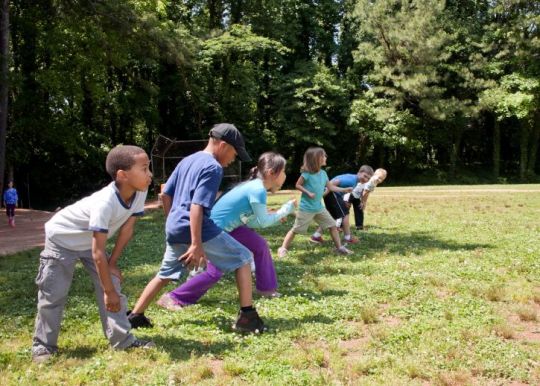
View On WordPress
#CiteScore#Clarivate#conservation#ecology#Google#H5#IF#IM#impact factor#JCI#journal ranks#scientific journals#Scopus#SJR#SNIP#sustainability
0 notes
Text
Intricate dance of nature — predicting extinction risks in terrestrial ecosystems
Have you ever watched a nature documentary and marvelled at the intricate dance of life unfolding on screen? From the smallest insect to the largest predator, every creature plays a role in the grand performance of our planet’s biosphere. But what happens when one of these performers disappears? In this post, we delve into our recent article Estimating co-extinction risks in terrestrial…
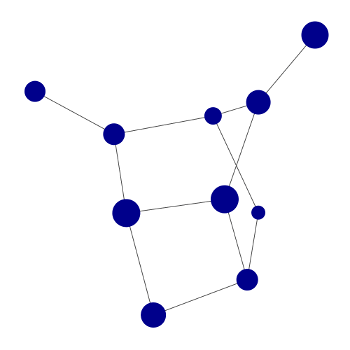
View On WordPress
#biodiversity#climate change#co-extinction#ecological networks#extinction cascades#networks#secondary extinctions#trophic cascades
0 notes
Text
Young red kangaroos grow up quickly where hungry dingoes lurk
We’ve just published a new paper showing that young red kangaroos (Osphranter rufus) protected by the dingo-proof fence take more time to grow up than their counterparts on the other side, who quickly outgrow the risk of being a dingo’s next meal. © M.S.Y. Lee Our Flinders University/ARC Centre of Excellence for Australian Biodiversity and Heritage study shows that protected red kangaroos south…
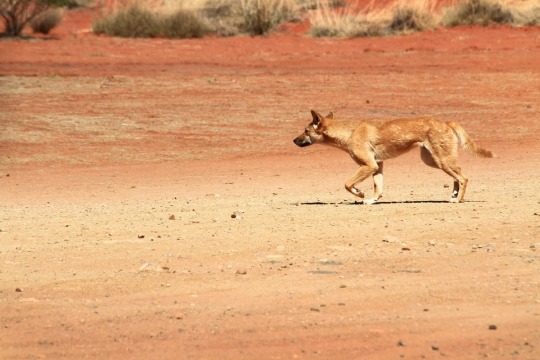
View On WordPress
0 notes
Text
An unexpected journey (of eels)
The way that eels migrate along rivers and seas is mesmerising. There has been scientific agreement since the turn of the 20th Century that the Sargasso Sea is the breeding home to the sole European species. But it has taken more than two centuries since Carl Linnaeus gave this snake-shaped fish its scientific name before an adult was discovered in the area where they mate and spawn. Even among…
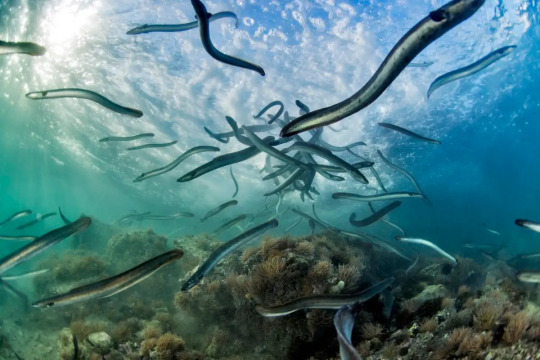
View On WordPress
#Anguilla#CITES#European Union#fish migration#hydroelectric dams#ICES#migration#Overfishing#Sargasso Sea
0 notes
Text
New job posting: Research Fellow in Eco-Epidemiology & Human Ecology
We are currently seeking a Research Fellow in Eco-epidemiology/Human Ecology to join our team at Flinders University. The successful candidate will develop spatial eco-epidemiological models for the populations of Indigenous Australians exposed to novel diseases upon contact with the first European settlers in the 18th Century. The candidate will focus on: developing code to model how various…

View On WordPress
#Australia#disease#ecology#environment#human ecology#indigenous#job#mathematics#modelling#palaeo-ecology#science
1 note
·
View note
Text
Some like it hot
Wildfires transform forests into mosaics of vegetation. What, where, and which plants thrive depends on when and how severely a fire affects different areas of a forest. Such heterogeneity in the landscape is essential for animal species that benefit from fire like woodpeckers. The black-backed woodpecker (Picoides arcticus) lives in the coniferous forests of North America’s boreal-Mediterranean…

View On WordPress
0 notes
Text
Better codes of practice for control of feral animals
From time to time I turn my research hand to issues of invasive species control, for example, from manipulating pathogens to control rabbits, to island eradication of feral cats and pigs, to effective means to control feral deer. Not only do invasive species cost well over $1.7 trillion (yes, that’s trillion, with 12 zeros) each year in terms of damage and control (a minimum of $25 billion per…
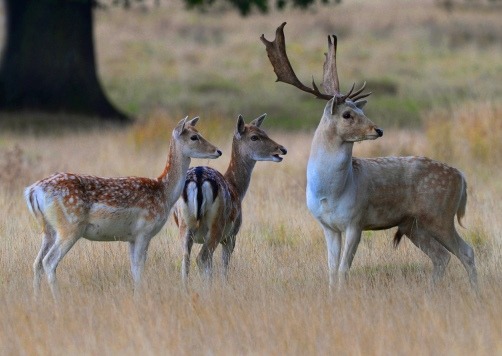
View On WordPress
#cost of invasive species#Dama dama#deer#Fallow deer#feral deer#InvaCost#invasion biology#invasive alien species#invasive species control
1 note
·
View note